Last blog we talked about When to Introduce Your Baby Solid Foods. It is important that parents wait until their healthy babies are at least 6 months of age before starting solid foods to maximize the time that they exclusively breastfeed and to ensure that their digestive systems are mature enough to handle solid foods.
Today, I am going to write about HOW to introduce solids. Get ready for your camera, take a video and watch the funny faces that your baby makes. Here are some tips that make it easier for you to transition your baby to solids:
- Good Mood. Offer new foods when baby is alert, relaxed and happy. I like to offer food after breastfeeding (wait 30-60 minutes) or waking up from nap. This may increase the chance of your baby trying a new food.
- Give your baby 1 new food a day. Offer a variety of foods, can set your baby up to be a more adventurous eater. The ONLY exception is the highly allergenic foods. You can start serving them regularly to your baby around 6 months, but you have to wait 1-2 days before adding the next new allergenic food. This makes it easier to tell if baby is allergic to the food.
- Start with small amounts. Offer 1-3 tsp (5-15 mL) of food. Offer more food if baby is still showing signs of hunger.
- Follow baby’s cues. Have your baby sit in a high chair and make sure that you are at approximately eye level. Hold the spoon a few inches in front of your baby’s mouth and wait for baby’s mouth to open when you offer food. Feed as slowly or as quickly as baby wants. Stop feeding when baby shows signs of fullness. If you go with Baby Led Weaning approach, you just let your baby do the eating job. NEVER FORCE BABY TO EAT. NEVER COMPARE YOUR BABY TO ANOTHER.
- Start by offering solid foods once a day. Baby will be ready to eat more than once a day soon. Gradually increase to 2-3 times per day and then again to 3-4 times per day.
- Try new foods and flavours. Some babies are cautious eaters and need time to trust that a new food is okay to eat. Babies may need to be offered a food many times (approximately 15 times!!!) before deciding to eat it.
- Let your baby touch and explore new foods. Please expect a mess. Messy hands and face help baby get used to new foods. Let’s them have fun.
- Baby’s appetite will change from day-to-day. Some days a baby will eat a lot, other days not as much. From 6-12 months, baby will slowly start to drink less breast milk and eat more solid food.
“Be cognizant of your baby’s hunger and satiety cues and do not force your baby to eat or over-feed”.
SIGNS OF HUNGER
- Lean forward or reaches for food
- Sucks or smacks lips
- Open mouth when food is offered
- Chew on hands
- Follows foods with their eyes
- Gets excited when they see food
- Reaches out to grab for food
SIGNS OF FULLNESS
- Turns head away from food
- Closes mouth when food is offered
- Covers mouth with hands
- Fusses or cries
- Spits food out
- Pushes food or spoon away
- Throws food, plate or bowl
- Tries to leave the highchair
FEEDING TOOLS
There are so many products out there for feeding your baby. It can get overwhelming to know what exactly you need for starting solids. Here are the TOP 6 must have tools to get you started:
1. High Chair or Booster Seat
- I think getting an actual high chair is a must, it is nice to have a dedicated seat for baby, having that big high chair tray makes a great food-catcher. This IKEA Antilop high chair with tray is totally affordable.
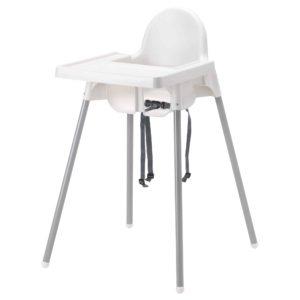
- A booster seat can strap to your own chairs. This seat is foldable for easy storage. I took it with me to grandparents visits and to restaurants.
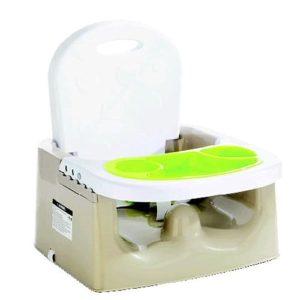
2. Bibs
- You certainly can use the “drooler/cloth” bibs. However, they need to be washed in the laundry after a one-time use.

- I recommend you get a separate set of larger, waterproof, easy-to-clean feeding bibs. I like the ones that have a big pocket in the front (to catch solid food).

- If your baby is an active explorer, your may prefer Kushies Long Sleeved Waterproof Bib. This will allow your baby to enjoy his mealtimes to the full, without you having to worry that he is ruining his clothes.

3. Spoons
- Make sure the spoons contain any plastic, the plastic itself is BPA-free. BPA is a harmful chemical contained in plastic, and it can leach into food when the plastic itself is heated.
- Munchkin 6-Pack Soft Tip Infant Spoon: A small plastic-coated options is much easier on tender gums. Have several on hand during feedings (one for you and one for baby) to foster baby’s sense of independence and avoid power struggles.
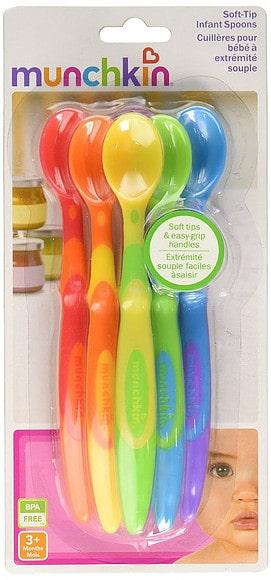
- Once your baby’s ready to try self-feeding, you may want to get OXO tot Fork & Spoon Set. This set makes it easy for young eaters to get their food from bowl to mouth.
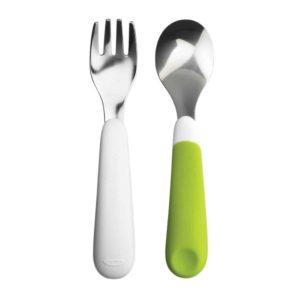
4. Dishes
- When you’re first introducing solids, you will just need a handful of small, plastic bowl (BPA-free, of course).
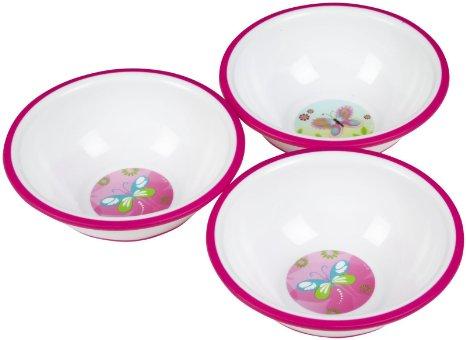
- Calibowl. A deep bowl makes it easier for your baby scoops up their food and the super suction cup on the bottom keeps it from being tossed to the floor. It includes fitted lids, which makes food storage a snap.
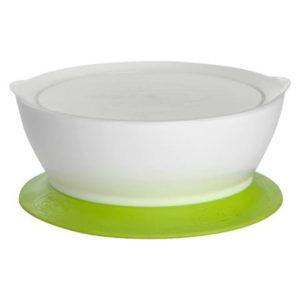

- Once your baby’s ready to try self-feeding, you may want to pick up a divided plate like this one from OXO tot Divided Plate. I like the removable, raised outer ring keeps food on the plate and helps guide it into utensils.
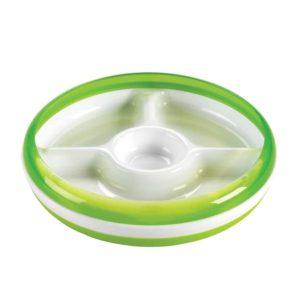
5. Straw Cup or Open Cup with/without handles
- Aiden wasn’t a big fan of bottle, so I was very anxious to start introduce straw cup around 6 months. He would bite on the straw very often but he would sip from it time to time. Using a straw cup does not have the same concerns as a sippy cup. It can actually help with oral motor skills development and will not cause for dental caries because baby’s teeth are not bathed in the liquid. Here are three straw cups that I use:
- Playtex Sipsters Stage 1 Straw Cup,
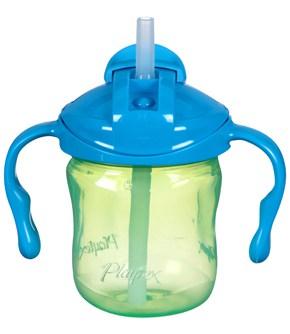
- Munchkin Click Lock Weighted Flexi Straw Trainer Cup
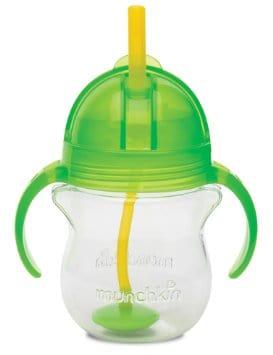
- Playtex Sipsters Stage 3 Insulated Spill Proof Straw Cup
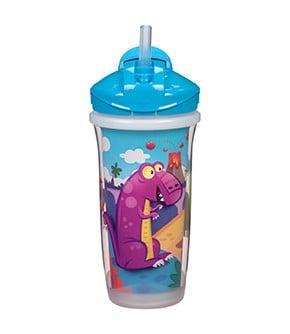
- Playtex Sipsters Stage 1 Straw Cup,
- Offer water in an OPEN CUP as soon as when your baby starts eating solids. They learn quickly how to drink from an open cup.

6. Snack Catcher
- No more spilled snacks on the floor or car seat. Perfect idea on-the-go: doctor’s appointment, shopping, grocery shopping, evening walk, etc.
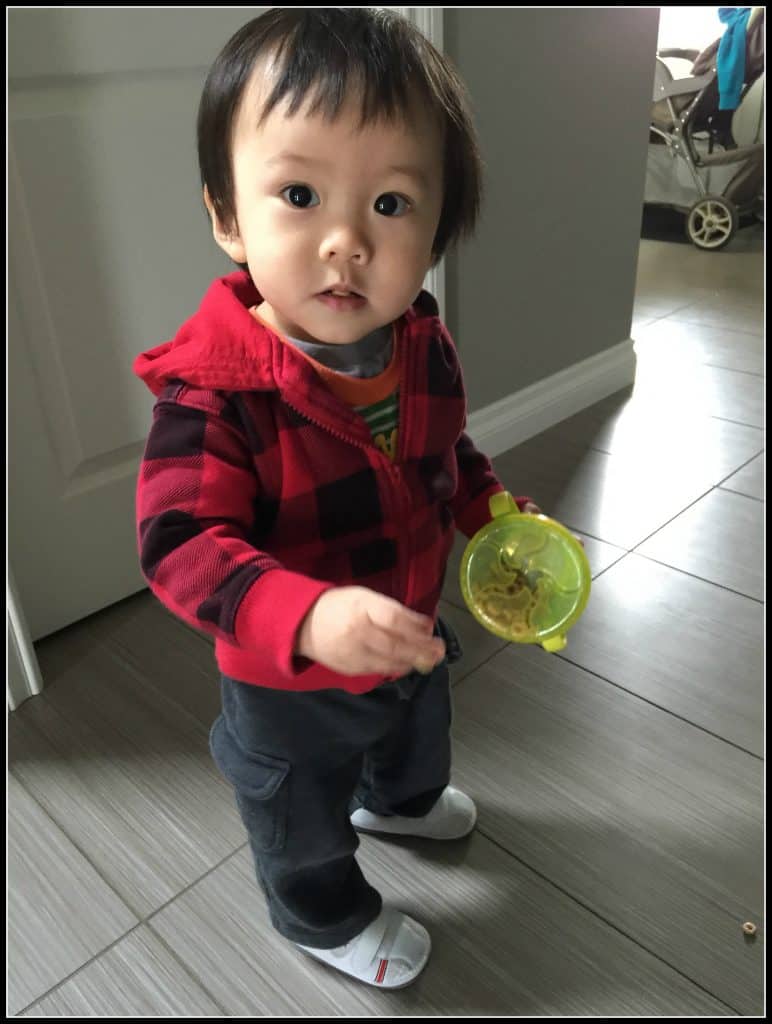
A HEALTHY FEEDING RELATIONSHIP
Babies learn by watching people. When families eat together, baby learns that mealtime is a time to come together, eat and share.
- As a PARENT it’s your job to choose WHAT foods to offer. As baby start to eat solid foods, your are responsible for WHEN and WHERE baby is fed.
- It’s BABY job to choose HOW MUCH food to eat.
Trust baby to know when he is hungry and full. Your are teaching baby to listen to his body (mindful eating).
Introducing solids to your baby is lots of fun. Try to be PATIENT and know that it may take a while for your baby to warm up to certain new foods — this is completely normal. You may have a baby that loves every food from the first bite! In this case, congratulations! you have a super good little eater.
Bon Appétit babies!
Happy Shopping Mommies!!
Next, we will be talking about The First Food. Stay tuned.

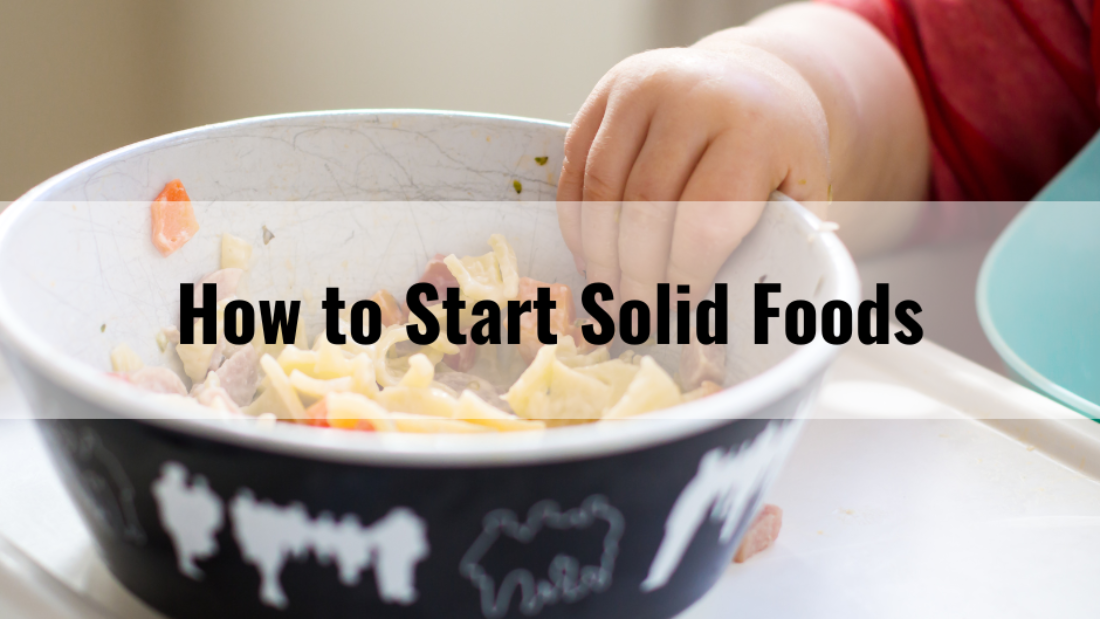
Leave A Comment